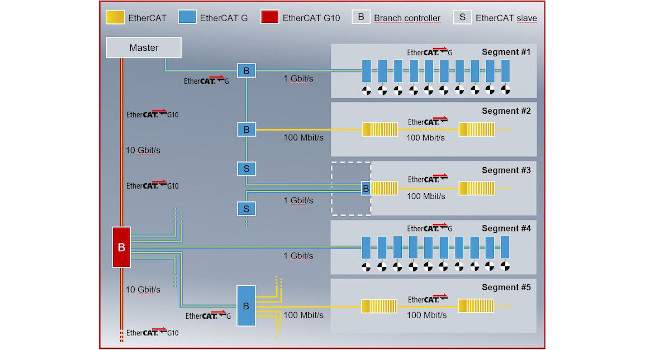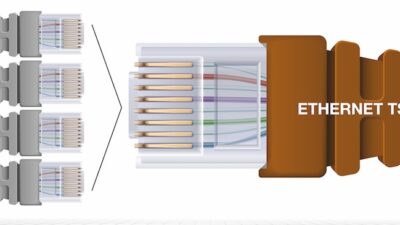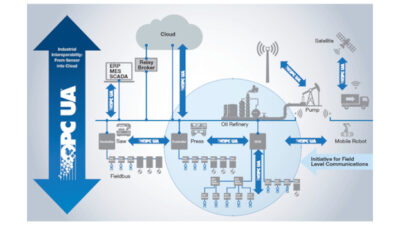The EtherCAT Technology Group's (ETG) technical committee has accepted EtherCAT G, introduced by Beckhoff Automation in 2018, as an addition to the EtherCAT standard.

The Technical Committee of the EtherCAT Technology Group (ETG) has accepted EtherCAT G as an addition to the EtherCAT standard. Moving forward, EtherCAT G, which extends EtherCAT technology to 1 and 10 Gbit/s, will be supported and promoted by the ETG.
EtherCAT G was introduced by Beckhoff Automation in 2018 as an extension of the EtherCAT standard. Beckhoff recently presented the gigabit technology addition to the ETG, and after thorough review, the organization’s Technical Committee accepted it. Right now, the ETG is working to add EtherCAT G to the corresponding technology specifications.
Dr. Guido Beckmann, Chairman of the ETG Technical Committee, explains why ETG welcomes the active integration of EtherCAT G into ETG: “EtherCAT is already the fastest industrial Ethernet fieldbus, and will remain so due to its special functional principle. With EtherCAT G, particularly data-hungry applications, such as machine vision and high-end measurement technology, can now also be integrated. This extends the range of applications for EtherCAT technology and makes it even more viable for the future.”
EtherCAT G is useful in applications where particularly large amounts of process data must be transported per device. This can include, for example machine vision, high-end measurement technology, or complex motion applications that go beyond the scope of drive control.
As an extension of standard EtherCAT technology, EtherCAT G is fully compatible; existing devices designed for 100 Mbit/s can be seamlessly integrated into an EtherCAT G system, and EtherCAT G devices in a 100 Mbit/s EtherCAT system behave like classic EtherCAT devices.
The central element of EtherCAT G is the use of EtherCAT Branch Controllers and act as a kind of node for the integration of segments from 100 Mbit/s devices. They also enable parallel processing of the connected EtherCAT segments. This reduces propagation delays in the system, which increases system performance many times over previous levels.
EtherCAT G is compatible with the IEEE 802.3 Ethernet standard and no software adaptions in controllers are required for the standard mode. “The advantages of EtherCAT are well known and include processing on the fly, comprehensive diagnostics, simple configuration and integrated synchronization,” Beckmann said.
EtherCAT Technology Group
– Edited from an EtherCAT Technology Group press release by CFE Media. See more Control Engineering Ethernet stories.


